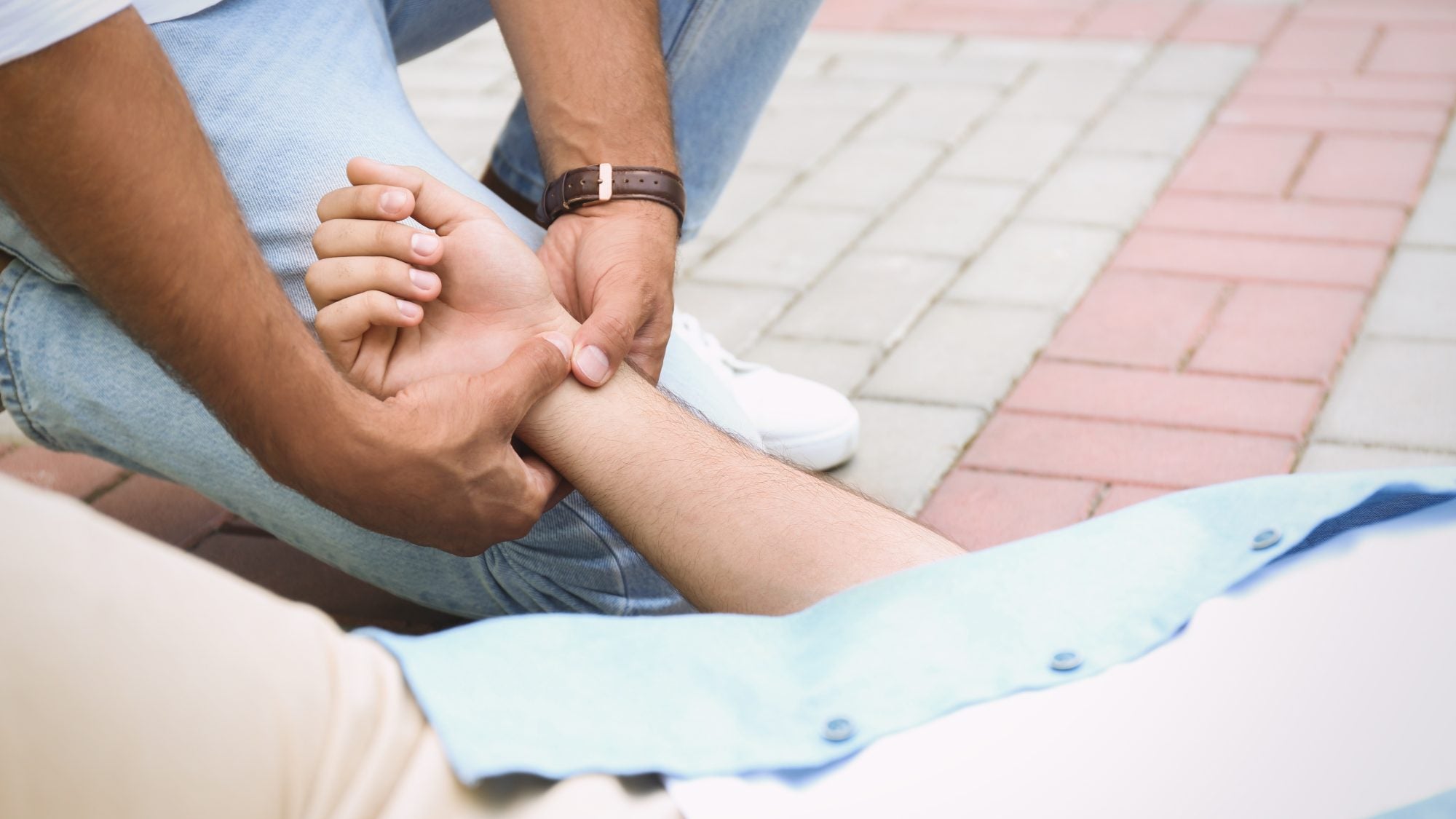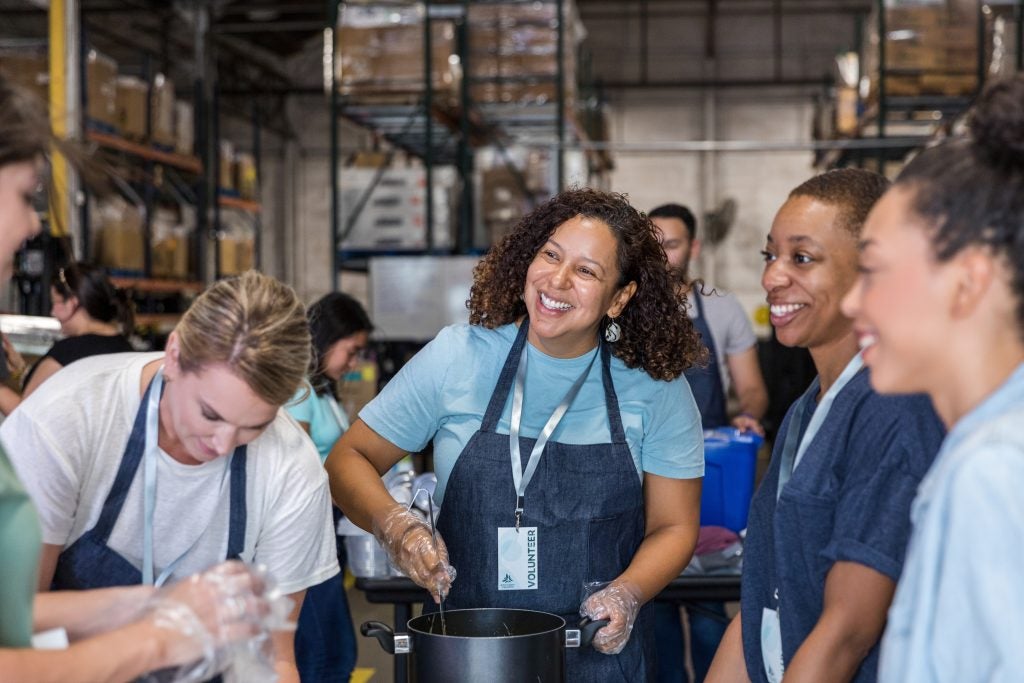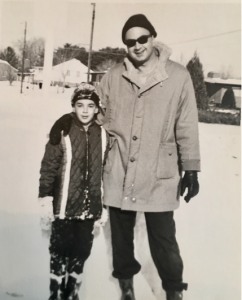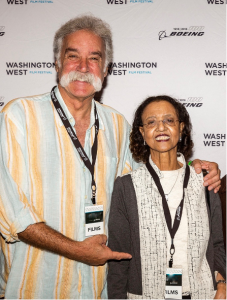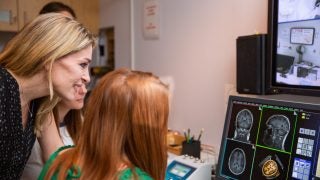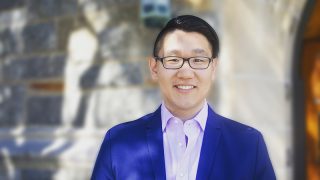Twenty-three years ago, Harold Mintz underwent surgery at Georgetown University Hospital to give one of his kidneys to a stranger.
He became one of the first anonymous living organ donors in the country, and his brain was later studied by Georgetown Professor Abigail Marsh and other researchers to see if he and other such donors had different brain structures than people who hadn’t donated an organ.
Mintz’s brain was different: His right amygdala, the region of the brain that processes emotions, was bigger. But researchers didn’t know why — or what the motivation was behind his extreme altruism — until now.
In a new paper published in PNAS Nexus, an interdisciplinary team of Georgetown scientists sheds new insight into why extreme altruists help strangers for no apparent benefit to themselves. Their study is the first to measure extreme altruists’ brain activity as they make generous decisions in real-time.
Social Discounting and the Generosity Gap
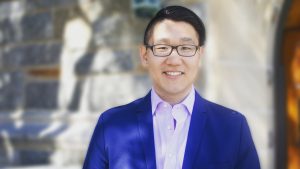
Most people are more generous toward their family and friends than they are toward strangers, a behavior called social discounting. Because social discounting is so ubiquitous, the question of why certain people choose to be altruistic toward strangers has long puzzled researchers.
“People who have previously engaged in extraordinary acts of altruism, such as non-directed kidney donors, incur significant risks and costs in order to benefit strangers just as they would for close others,” said Shawn Rhoads (G’22), the paper’s lead author and a postdoctoral research fellow at the Icahn School of Medicine at Mount Sinai in New York City. “In our study, we scanned the brains of altruists to understand the neural processes underlying these kinds of decisions.”
The team conducted MRI scans of anonymous kidney donors as they made generous or selfish decisions and compared those to a control sample of ordinary people. They learned that the motivation behind extreme altruists’ acts of generosity was a truly benevolent one: they sincerely care.

“Everything we have learned about extraordinary altruists up until now has suggested to us that they help strangers because they genuinely care about them more,” said co-author Marsh, a professor in the Department of Psychology. “This study supports that conclusion more definitively and helps us understand the brain mechanisms that allow altruists to value and care more about others.”
Marsh, who is internationally recognized for her research into what she calls the ‘caring continuum,’ which encompasses both psychopathy and extreme altruism, mentored Rhoads while he pursued his Ph.D. on the Hilltop. Their research has recently been featured on 60 Minutes and in the new documentary, Confessions of a Good Samaritan, and was supported by a grant from the National Science Foundation.
Rhoads and Marsh led an interdisciplinary, cross-campus research team through a collaboration between the Department of Psychology in the College of Arts & Sciences, the Interdisciplinary Program in Neuroscience in Biomedical Graduate Education, and the Department of Psychiatry and the Department of Neurology in Georgetown University Medical Center.
Marsh said their research sheds light on the very human impulses of extreme altruists.
“This research is important because it contradicts the idea that caring about and helping strangers is somehow superhuman,” said Marsh. “Real-world altruists get called ‘saints’ and ‘guardian angels’ a lot, as though a real human being would not be capable of an act of such incredible generosity. But we can now explain this kind of altruism through what we know about the neuroscience of generosity.”
